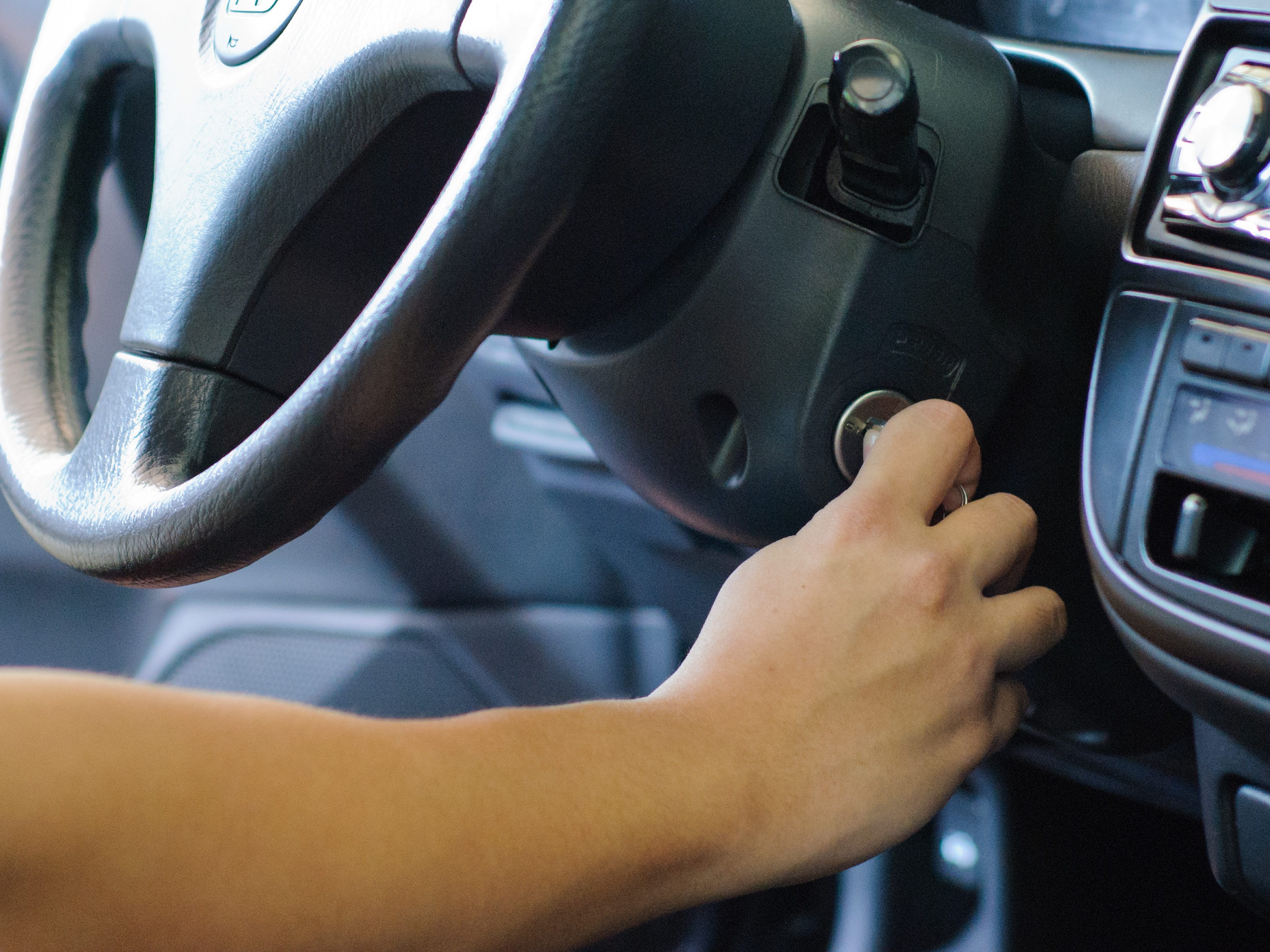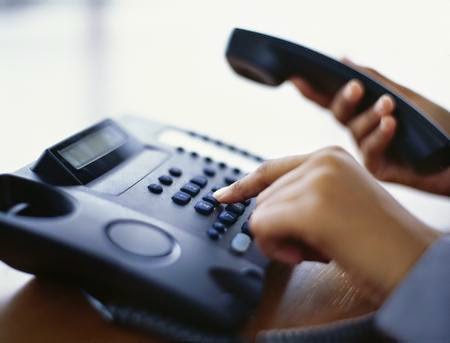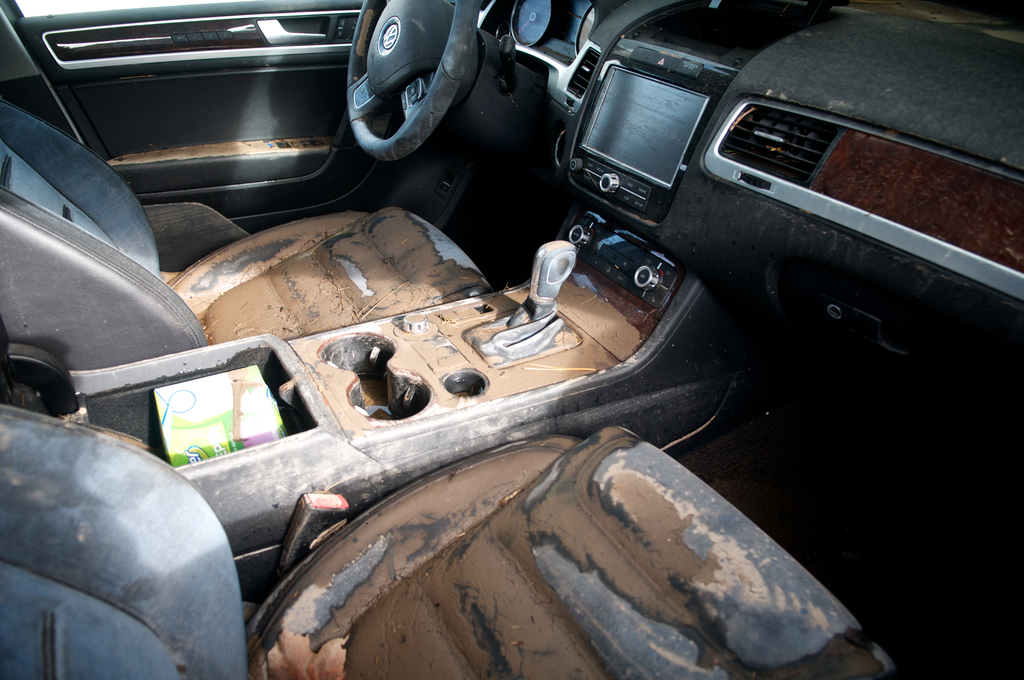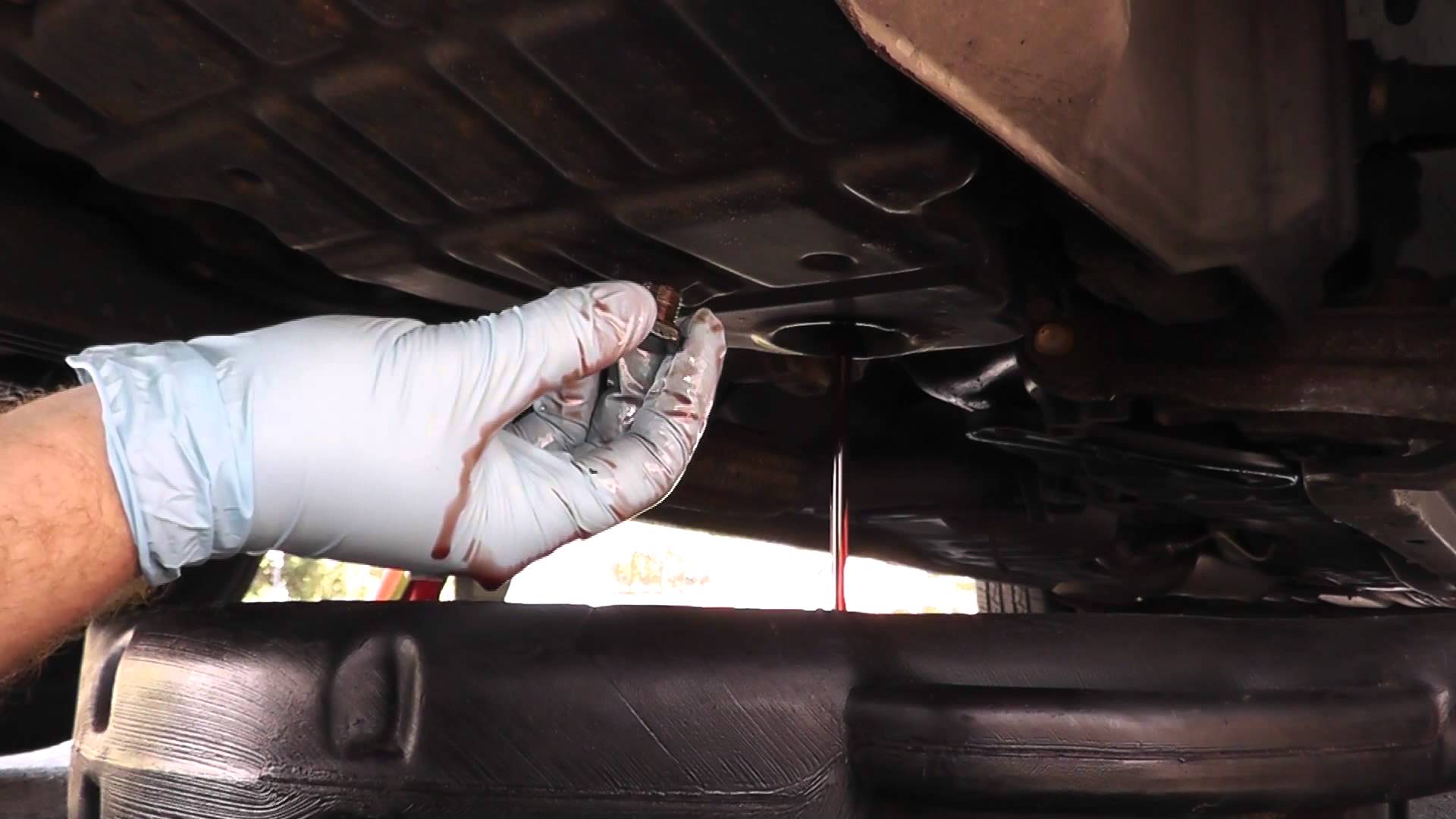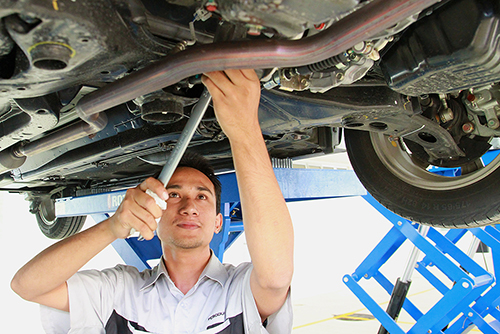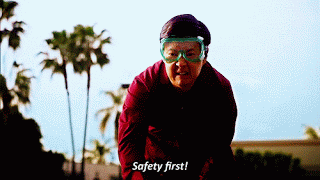7 Things You Should Never Do When Your Car Gets Caught In A Flood
Your car might be damaged but it's still salvageable.
If you end up with your car stuck in the flood, here are some things you should never do to your ride:
1. Start your engine
You could potentially cause more damage to your car if you attempt to start it after it was partially submerged. Get the car out of the water immediately, but do so by taking the car out in neutral gear and pushing it to safety. You should then arrange for your car to be towed to a local auto shop to have it inspected.
If the electrical system of your car is wet, turning the car on will cause an electrical current to flow into unprotected parts of your car. Starting your car could also cause water trapped in the transmission or engine to spread throughout the system.
2. Delay calling your insurance company
If you have a comprehensive insurance plan with your company, it should cover any flood damage your car sustained, even if it’s totaled. You’re likely going to have to pay a deductible when you file a claim. The faster you file a claim, the faster your car should get fixed.
3. Leaving the car interior to dry on its own
After a car has been flooded, you should open the doors, pull out the floor mats and park your car in the sun if you can. This will help your car's interior dry out faster and prevent mildew from forming.
Delaying from cleaning and drying the interior could also damage electrical components and wiring. Humidity can cause erosion pretty fast.
4. Ignore the car battery
Take out your car’s battery by carefully removing the negative (-) terminal, followed by the positive (+) terminal and dry it out. Quick and swift action can prevent further damage to the battery which may still be usable.
5. Not draining out the transmission fluid and oil
If your car went underwater, chances are your transmission fluid, whether an automatic or manual, will have to be changed. Transmission fluid and water don't mix well and it will damage the components of your car badly.
6. Forget to document the damage
You will want to determine how long and how deep the car was submerged. You should also take some pictures of the damage if you can. The more information you can get for your insurance company the better. If you can get them in-depth information about the flood damage the claims process should go much more smoothly.
7. Delay bringing the car to a mechanic
When all else fails, have a qualified technician inspect all wiring and electrical components exposed to water. While many components are protected from casual water exposure, extended flood exposure may have lingering effects. Any delays in repairs will cause your engine and other electrical components begin to corrode.
